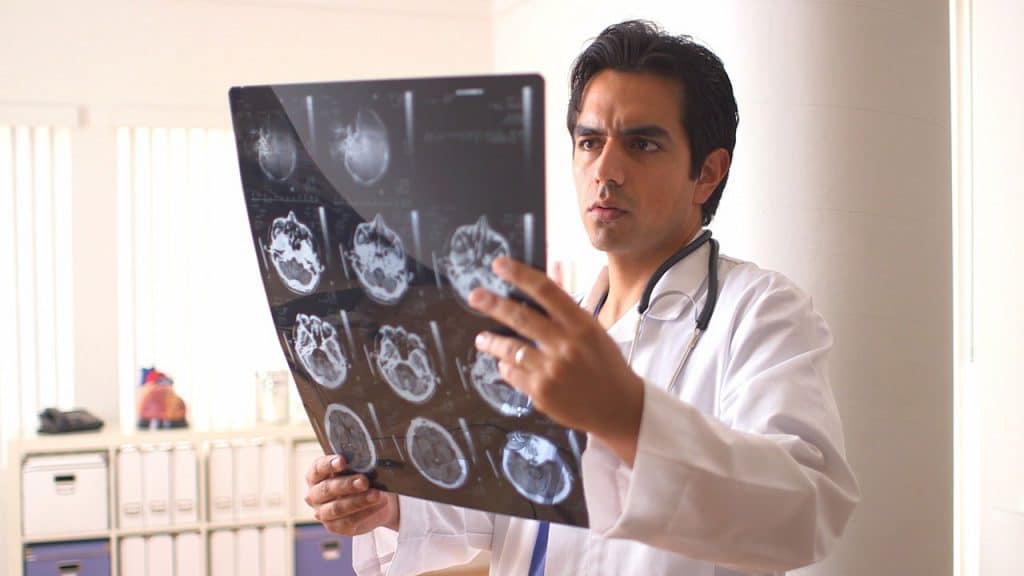We know that early detection is one of the key elements when treating any disease. You can treat them with milder therapies or even make preventative lifestyle changes. Some recent research at Tel Aviv University suggests we may be able to predict Alzheimer’s more than a decade before its onset, in addition to correcting abnormal brain activity to reduce cognitive impairment (https://longevity.technology/news/researchers-prevent-memory-deterioration-in-alzheimers-model/).
This isn’t completely new methodology. It’s related to deep brain stimulation (DBS), which has been used in epilepsy and Parkinson’s treatments. First, however, let’s talk about early detection. We know that Alzheimer’s is characterized by the buildup of harmful tau proteins and amyloid beta in the brain. We also know that parts of the brain, specifically the hippocampus, can shrink due to Alzheimer’s. These traits can start to show far in advance of any detectable cognitive impairment. What particularly interested the researchers was that some people show signs of these characteristics in their autopsies despite never having shown Alzheimer’s symptoms in life.
They decided to investigate whether this meant some people’s brains manage to protect themselves from Alzheimer’s symptoms naturally. To do this, they started exploring brain activity in people who were asleep or under anesthesia, mostly through using animal modeling. They found that it was easier to see the early warning signs of the disease when participants were sleeping, and they were able to observe more of the brain’s reactions.
Animal modeling showed a kind of “silent seizure” in the hippocampus, hyperactivity resembling the type seen in epilepsy but without the externally visible symptoms. This is unusual because a healthy brain is normally less active during sleep. Researchers decided to investigate further by stimulating the nucleus reuniens, the part of the brain that regulates sleep and creates a connection between the hippocampus and the thalamus. This kind of electrical stimulation is what’s used in DBS.
High-frequency stimulation made the silent seizures worse, but at a lower frequency it had a suppressive effect, which in turn helped protect cognitive performance. This didn’t just apply in Alzheimer’s. People who experience cognitive impairment after surgery and general anesthesia could also be protected by the suppression of the nucleus reuniens.
That means that not only could we spot dormant Alzheimer’s between 10 and 20 years before cognitive impairment, but we could also reduce the risk of cognitive impairment in the first place.




